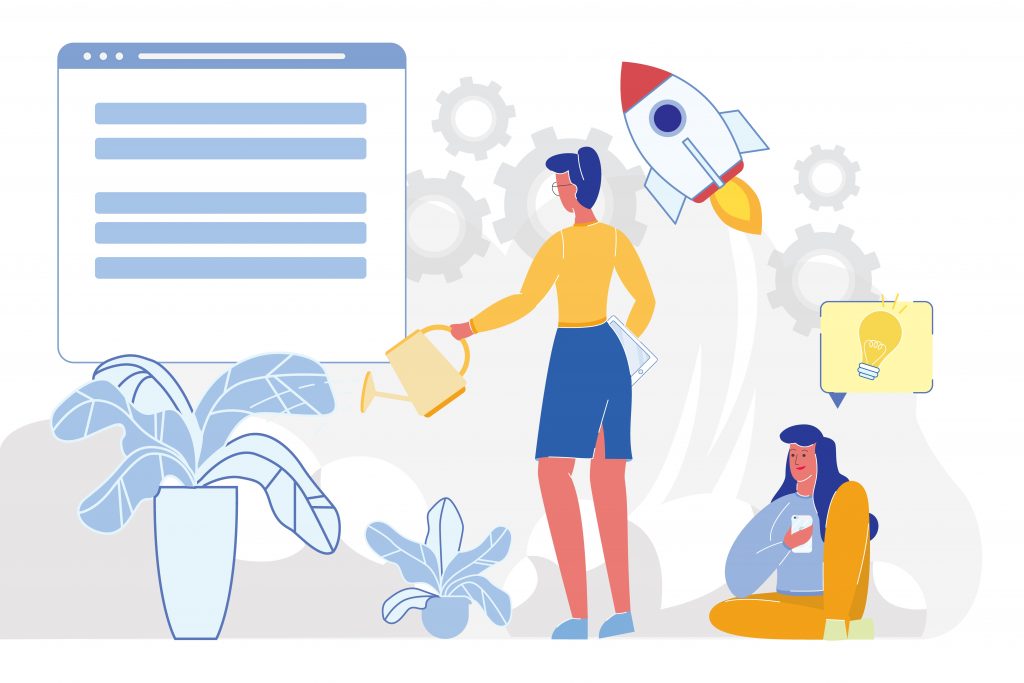Charlotte-Mecklenburg Schools, Charlotte, North Carolina
As a middle grades science educator at a Title 1 school, I have had to overcome many challenges to implement career exploration in my classroom. A strategy I have developed is to expose my students to STEM career opportunities. With 99.4 percent of my students eligible for free or reduced lunch, it is essential they are aware of career choices that can help them raise their socioeconomic status.
Changing the economic outlook of my students was the inspiration of the Bridge to STEM program at my school. Programming takes place after school and infuses field trips, guest speakers, and online instruction to expose middle grades students to careers in STEM fields that do not require a four-year degree. Bridge to STEM program is a collaborative effort between my school and several community partners. The role of these partners is to support the students with guest speakers and field trip opportunities, and to provide volunteers to assist with PBL assignments. Bridge to STEM is a relatively new program, but students have already been able to gain insight into computer coding careers, robotics, aviation, and machining/manufacturing careers.
The program came to fruition when I received the endorsement from my principal. With her approval, I reached out to community partners I worked with in the past to ask if they were interested in assisting with a program that exposes students to STEM careers. With an overwhelmingly positive response, we began setting up meetings.
After this year’s pilot of the program, our survey data found that students who participated in the program self-identified as a potential STEM worker. For example, when asked what a person in STEM looks like, one 7th grade girl responded, “Black, Brown, White…any color or race.” Another 7th grade girl responded, “I see STEM workers as women.” These examples help reveal the importance of programs such as Bridge to STEM.
Programs like Bridge to STEM are an essential part of middle school instruction especially in historically marginalized communities. Students should be able to make the connections between what they are learning and its relevant to career opportunities. With this insight they can begin to have career aspirations they once thought were unobtainable, and change the negative perceptions that can sometimes be associated with STEM instruction. We recently obtained a grant from a community partner to provide funding for the next five years, and I can’t wait to see where it takes us next!
Visit the AMLE/ASA Career Exploration Resource Center for additional case studies, templates, research, and more.
